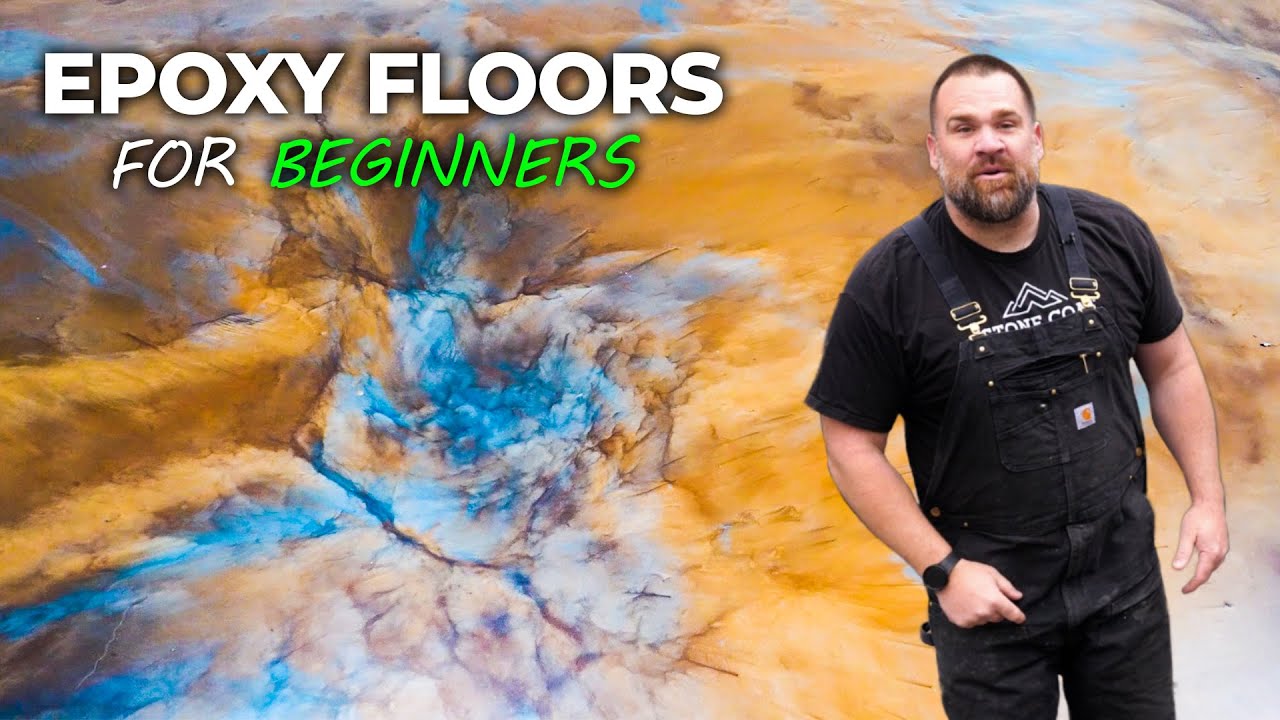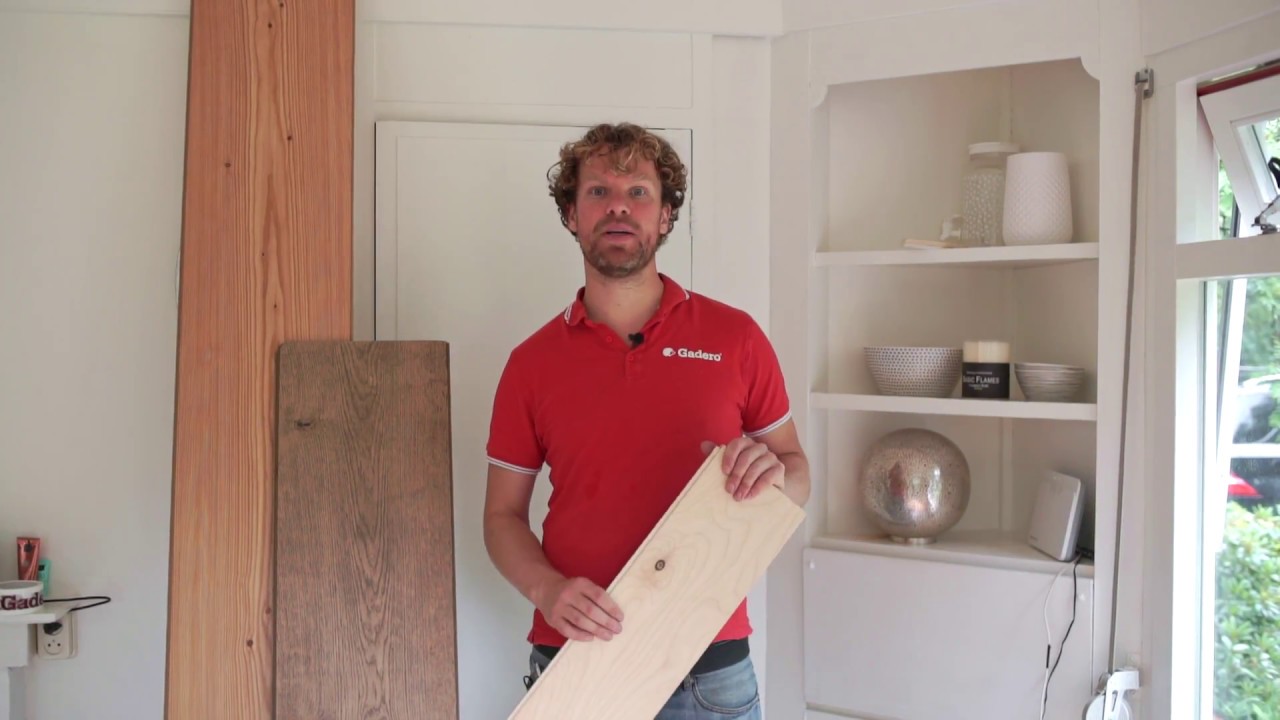epoxy vloercoating
How to Epoxy Floors like a Pro | Beginner’s DIY Guide
Are you tired of looking at your dull and boring concrete floors? Epoxy floor coating is the perfect solution to transform them into stunning, durable surfaces that will impress everyone who walks into your space. Whether you want to revamp your garage, basement, or even your living room, epoxy flooring offers endless possibilities.
Epoxy vloercoating is a popular choice for both residential and commercial spaces due to its ability to create a seamless, glossy finish that is resistant to stains, chemicals, and wear and tear. It provides a strong and durable surface that can withstand heavy foot traffic and is easy to clean and maintain.
In this beginner’s DIY guide, we will walk you through the process of epoxy flooring step by step, ensuring that you achieve professional results. From preparation to application and maintenance, we will cover all the essential aspects of epoxy floor coating.
Table of Contents
- Introduction
- Benefits of Epoxy Vloercoating
- Choosing the Right Epoxy System
- Preparation: Getting Your Floors Ready
- Application: Applying Epoxy like a Pro
- Maintenance: Keeping Your Epoxy Floors Pristine
- Questions and Answers
- Conclusion
Benefits of Epoxy Vloercoating
Epoxy vloercoating offers a wide range of benefits that make it an ideal choice for any space. Here are some of the key advantages:
- Durability: Epoxy floors are highly durable and can withstand heavy loads, making them perfect for high-traffic areas like garages and industrial spaces.
- Chemical and Stain Resistance: Epoxy coatings are resistant to chemicals, oils, and stains, ensuring your floors stay pristine even in the toughest environments.
- Enhanced Safety: Epoxy floors can be customized with anti-slip additives, providing a safe surface that reduces the risk of slips and falls.
- Easy Maintenance: Epoxy floors are easy to clean and maintain, requiring minimal effort to keep them looking great for years to come.
- Improved Aesthetics: Epoxy coatings come in a variety of colors, finishes, and designs, allowing you to create a unique and visually appealing space.
Choosing the Right Epoxy System
Before diving into the epoxy flooring process, it’s crucial to choose the right epoxy system for your specific needs. Here are some factors to consider:
- Type of Epoxy: There are different types of epoxy systems available, including water-based, solvent-based, and 100% solids. Each has its own advantages and considerations, so research and choose the one that suits your requirements.
- Surface Preparation: The condition of your existing floor plays a significant role in the success of your epoxy coating. Determine whether your floor needs any repairs or additional preparation, such as diamond grinding or shot blasting, to ensure proper adhesion.
- Application Environment: Consider the temperature, humidity, and ventilation of the space where you’ll be applying the epoxy. Different epoxy systems have specific requirements for optimal curing and performance.
- Design and Finish: Think about the desired aesthetics and functionality of your epoxy floor. Whether you prefer a solid color, metallic effect, or decorative flakes, choose a system that aligns with your vision.
- Budget: Epoxy flooring systems vary in cost, so it’s essential to determine your budget and explore options that offer the best value for your investment.
Preparation: Getting Your Floors Ready
Proper preparation is key to achieving a flawless epoxy floor. Follow these steps to ensure your floors are ready for coating:
- Clean the Surface: Thoroughly clean your floor to remove any dirt, dust, or grease. Use a degreaser and scrub brush to eliminate stubborn stains.
- Repair Any Damages: Inspect your floor for cracks, chips, or potholes. Fill them with an epoxy crack filler or patching compound, and smooth the surface with a putty knife.
- Etch or Diamond Grind: Depending on your epoxy system, you may need to etch or diamond grind the floor to create a rough surface that promotes adhesion. Follow the manufacturer’s instructions for the specific product you’re using.
- Remove Existing Coatings: If your floor has any existing coatings, such as paint or sealers, you may need to remove them using a chemical stripper or mechanical methods like grinding or sanding.
- Tape and Protect: Use painter’s tape to protect walls, baseboards, and any other surfaces you want to keep free from epoxy. Lay down drop cloths to cover nearby furniture or objects.
Application: Applying Epoxy like a Pro
Now that your floors are prepped and ready, it’s time to apply the epoxy coating. Follow these steps for a successful application:
- Mix the Epoxy: Carefully follow the instructions provided with your epoxy system to mix the resin and hardener components. Use a clean bucket and stir thoroughly to ensure a proper blend.
- Prime the Floor: Apply a coat of epoxy primer using a roller or brush. This step helps with adhesion and prevents air bubbles from forming during the main coat application.
- Apply the Main Coat: Pour a small amount of mixed epoxy onto the floor and spread it evenly using a roller or squeegee. Work in small sections to ensure proper coverage and avoid drying out.
- Add Decorative Elements: If desired, sprinkle decorative flakes or metallic pigments onto the wet epoxy. Use a clean roller or brush to lightly embed them into the surface.
- Allow Curing and Apply Topcoat: Let the epoxy cure according to the manufacturer’s instructions. Once cured, apply a clear topcoat to enhance durability and provide a glossy finish.
Maintenance: Keeping Your Epoxy Floors Pristine
Proper maintenance is crucial for preserving the beauty and longevity of your epoxy floors. Follow these tips to keep them looking pristine:
- Sweep or Vacuum Regularly: Remove dirt and debris from the surface using a soft-bristle broom or a vacuum with a non-abrasive attachment.
- Wipe up Spills Immediately: Epoxy floors are resistant to stains, but it’s still important to clean up spills promptly to prevent any potential discoloration.
- Use Non-Abrasive Cleaning Solutions: Avoid harsh chemicals or abrasive cleaners that can damage the epoxy coating. Instead, use a mild detergent or specialized epoxy floor cleaner.
- Protect with Furniture Pads: Place felt or rubber pads on the bottom of furniture legs to prevent scratches or dents on the epoxy surface.
- Avoid Heavy Impact: While epoxy floors are durable, heavy impact from sharp objects or heavy items can cause damage. Use caution when moving or placing heavy items.
Questions and Answers
Q: Can I apply epoxy coating over existing tile or vinyl floors?
A: Yes, epoxy coatings can be applied over existing tile or vinyl floors. However, it’s important to ensure that the existing surface is properly cleaned and prepared for optimal adhesion.
Q: How long does epoxy floor coating last?
A: With proper installation and maintenance, epoxy floor coatings can last for many years. The lifespan depends on factors such as the quality of the epoxy system, the level of foot traffic, and the maintenance practices followed.
Q: Can epoxy floors be repaired if damaged?
A: Yes, epoxy floors can be repaired if damaged. Minor scratches or chips can be easily fixed with a touch-up kit provided by the manufacturer. For more extensive damage, it may be necessary to call a professional to assess and repair the floor.
Q: Can epoxy floors be used in outdoor spaces?
A: While epoxy floors are primarily designed for indoor use, there are specialized epoxy systems available that are suitable for outdoor applications. These systems are formulated to withstand UV exposure and temperature fluctuations.
Q: Can I customize the color and design of my epoxy floor?
A: Absolutely! Epoxy coatings offer a wide range of customization options, including different colors, finishes, and designs. You can create a unique look that matches your style and complements your space.
Q: Is epoxy flooring suitable for high-traffic areas?
A: Yes, epoxy flooring is highly durable and can withstand heavy foot traffic, making it an excellent choice for high-traffic areas like garages, warehouses, and retail spaces.
Q: Can I remove epoxy coating if I want to change the floor?
A: While it is possible to remove epoxy coating, the process can be challenging and time-consuming. It often requires mechanical methods such as grinding or shot blasting to completely remove the epoxy from the floor.
Conclusion
Epoxy vloercoating is a fantastic way to transform your floors and create a durable, visually appealing surface. By following the step-by-step instructions in this beginner’s DIY guide, you can achieve professional results and enjoy the numerous benefits of epoxy flooring. From preparation to application and maintenance, each stage plays a crucial role in ensuring a flawless finish. Remember to choose the right epoxy system, properly prepare your floors, and follow the recommended maintenance practices to keep your epoxy floors looking beautiful for years to come.
Epoxy Flooring for your Concrete and Wood Floors: https://www.stonecoatcountertops.com/diy-flooring-epoxy Metallic Epoxy Floor …





